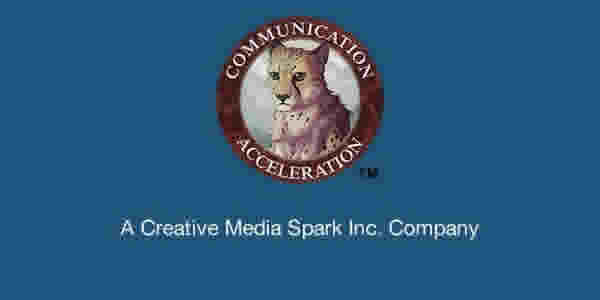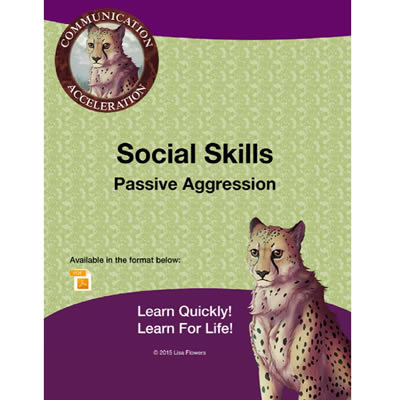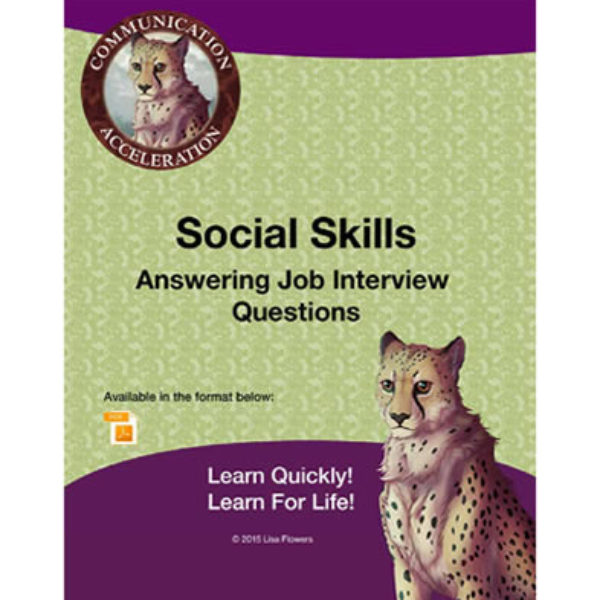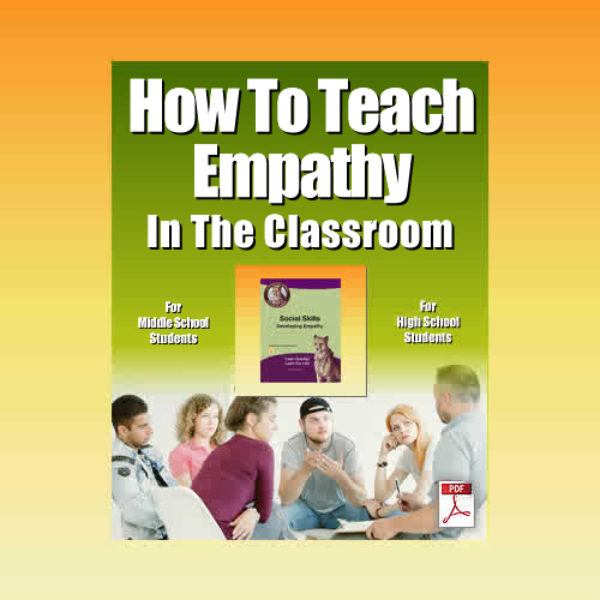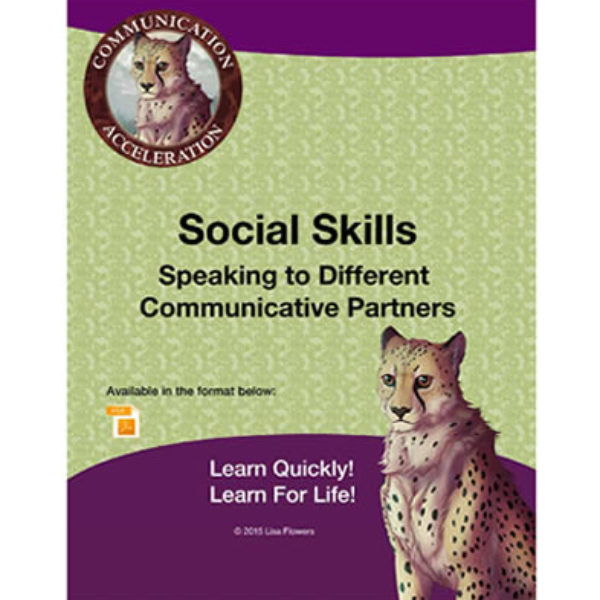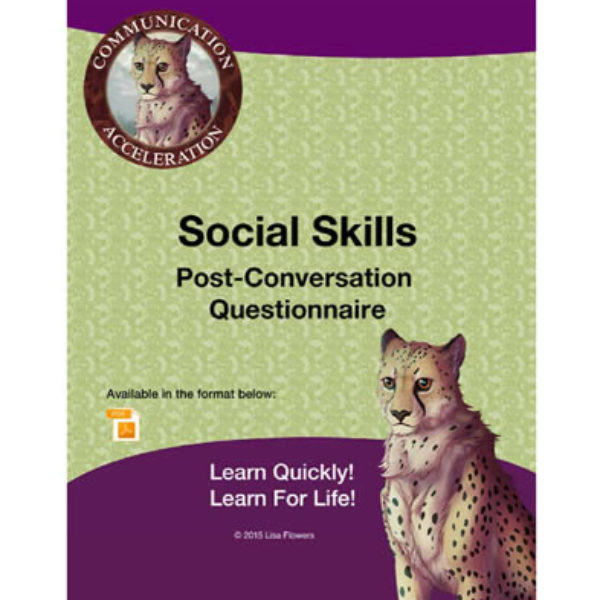Description
Social Skills: Passive Aggression
It is very difficult to deal with passive aggression from others. But I like to help students learn how to spot it and how to deal with it, because passive aggressive comments and behaviors are hostile and my students don’t deserve hostility. We start by discussing the name: “aggressive” referring to active hostility and “passive” because the perpetrator wants to engage in belligerent behaviors without being called out. I give my students examples of insults that sound like compliments, such as “I love that top on you—you don’t look so fat in it”. Then, for each example listed we discuss how it is hostile (the aggression—often an implied insult or an attempt to embarrass) and how the perpetrator tries to mask the hostility (the passive nature). We then discuss how to handle the comment or behavior. I encourage my students to calmly call the other person on the hostility for two reasons: first, I want them to stand up for themselves, and second, getting called on can discourage the perpetrator from attempting passive aggressive comments and behaviors moving forward. Of course, there can be various circumstances that would deter my students from speaking up, and they need to do what works best for them in any situation.
